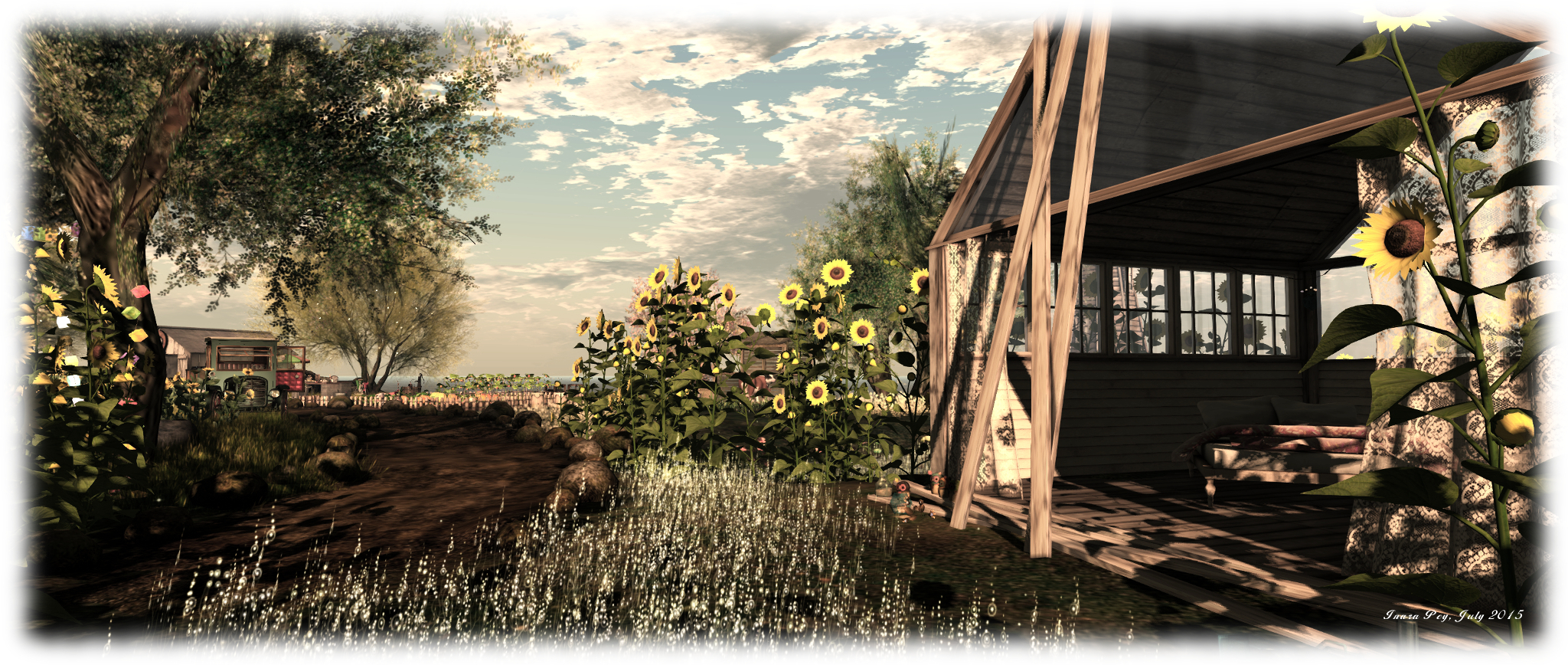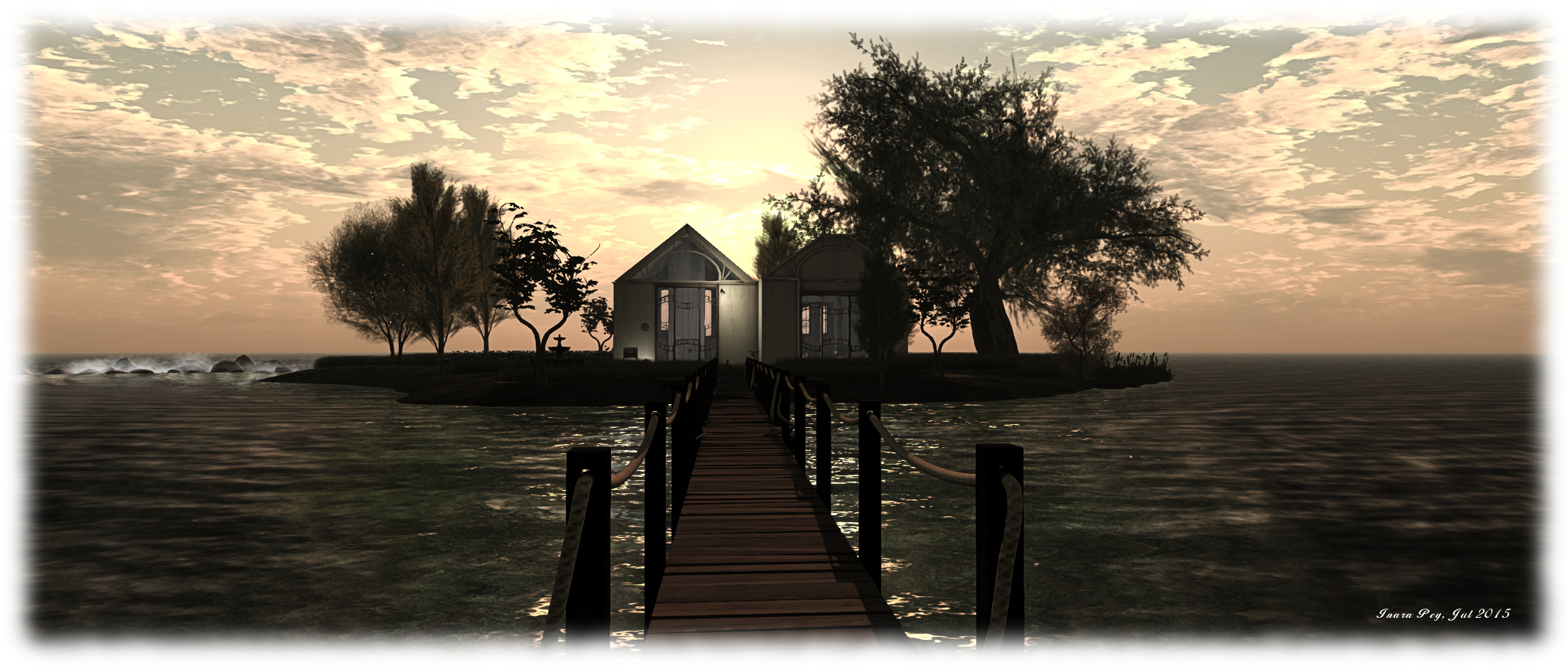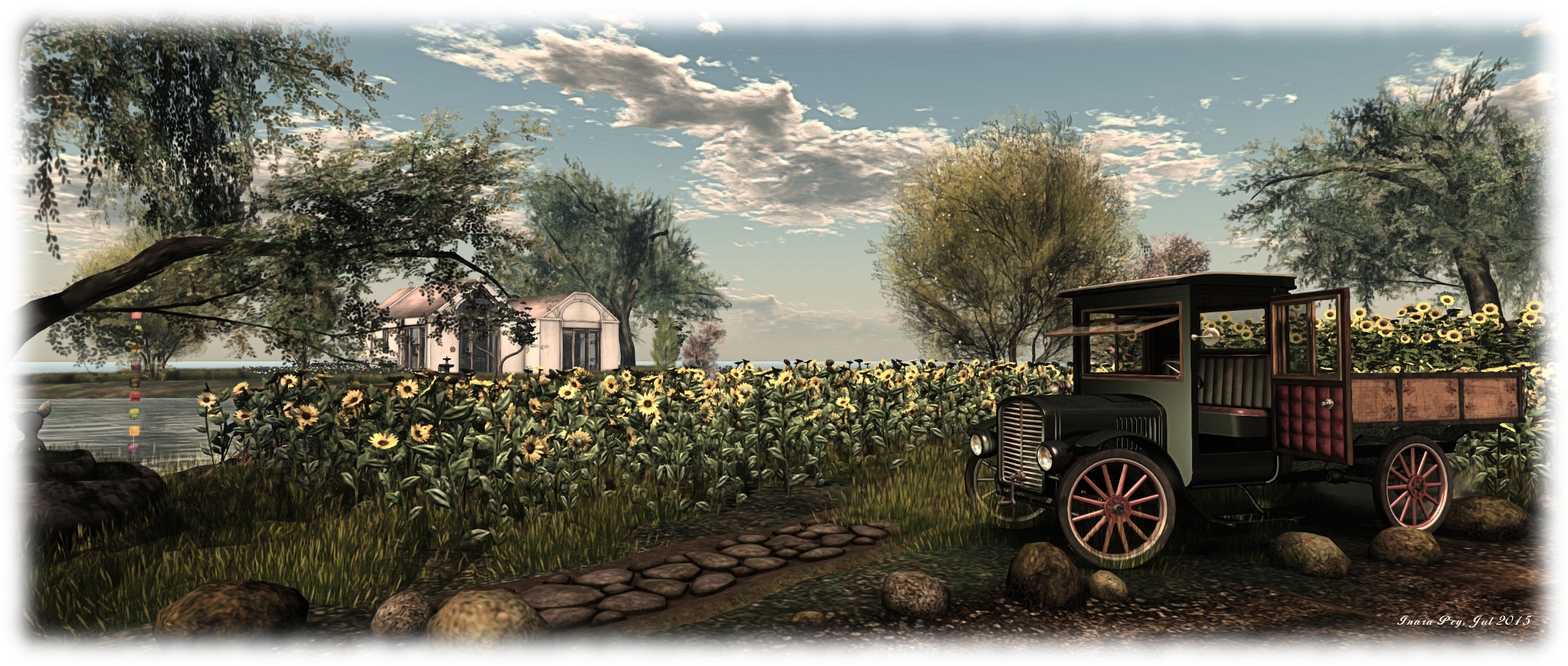A Tweet by Loki Eliot drew my attention to a Q&A article in the San Jose Mercury News with Professor Jeremy Bailenson, in which he discusses Virtual Reality and raises some interesting points to consider on the future of the technology as a mass-market product.
Professor Bailenson is well qualified to comment on VR. He’s the founding director of Stanford University’s Virtual Human Interaction Lab, and his main area of interest is the phenomenon of digital human representation, especially in the context of immersive virtual reality. His work has been consistently funded by the National Science Foundation for fifteen years, and his findings have been published in over 100 academic papers in the fields of communication, computer science, education, environmental science, law, medicine, political science, and psychology.

While he is immersed (no pun intended) in the technology and believes in its potential, as he tells Mercury News reporter Troy Wolverton, he is no VR evangelist. In fact he harbours mixed views about some of the uses being touted for VR in the future, and is convinced the current emphasis on VR within the gaming environment isn’t the best use for the technology.
“When Commissioner Adam Silver of the NBA came to my lab, he thought that I was going to try to convince him that one should watch an NBA game from VR. And I can’t imagine what would be worse than that,” he tells Wolverton early in the interview.
He continues, “I’ve never worn an HMD (head-mounted device) for more than a half an hour in my life, and nowadays, I rarely wear one for more than five or 10 minutes. And a two-hour NBA game would be pretty brutal on the perceptual system. I believe VR’s really good for these very intense experiences, but it’s not a 12-hour-day thing.”
In terms of VR and games, he says, “I don’t believe that video games are an appropriate market for this. Especially when you get into the highly violent games — do you really want to feel that blood splatter on you? I don’t think it’s the right use case.”
His belief is that VR is best suited to specific uses, rather than a catch-all new wonder technology. But even then, he sees limits on how much VR will be used. Not because of any technological limitations, but simply because of the physical impact they have on our vision, and what flows out from that.
“Think about how much time you spend on your device a day. It’s more than six to eight hours, and that’s a long time to be wearing a pair of goggles,” he says. “But even if that wasn’t the case, the real problem is that the visual experience with an HMD necessarily produces some eye strain, and that gets fatiguing over time.”
It’s hard to argue with him on this; computer vision syndrome is a recognised condition affecting around 90% of those who use a computer for more than 3 hours a day. The effects are temporary, but can include headaches, blurred or double vision, neck pain, dry or irritated eyes, dizziness and polyopia. With HMDs placing screens mere centimetres from the eyes to the exclusion of all else, there is a risk the symptoms could be more particularly felt, thus limiting the degree to which we remain physically and mentally comfortable when using them.

So where does he see VR having particular application?
Part of his work involves him in building VR systems which allow physically remote people to meet and interact. He uses these to study how such systems change the nature of verbal and non-verbal interaction (hence why High Fidelity ask him to become an advisor), as well as exploring how VR might change the way we think about education, environmental behaviour, empathy, and health. It’s perhaps not surprising that he sees these as the primary uses for VR.
“VR experience changes the way you think of yourself and others and changes your behaviour,” he notes. “And when VR’s done well, it’s a proxy for a natural experience, and we know experiences physically change us.”
Even so, he does remain concerned of the potential negative influence of VR on people.
“Am I terrified of the world where anyone can create really horrible experiences?” He asks rhetorically. “Yes, it does worry me. I worry what happens when a violent video game feels like murder. And when pornography feels like sex. How does that change the way humans interact, function as a society?
“The technology is powerful. It’s like uranium. It can heat homes and destroy nations.”
All told, the interview is an interesting read which serves to get the grey matter boggling a little more on the subject of VR, how it might be used and the impacts it might have.
Related Links
- Q&A: Stanford VR expert on the new tech’s promise and limitations – Troy Wolverton, San Jose Mercury News



